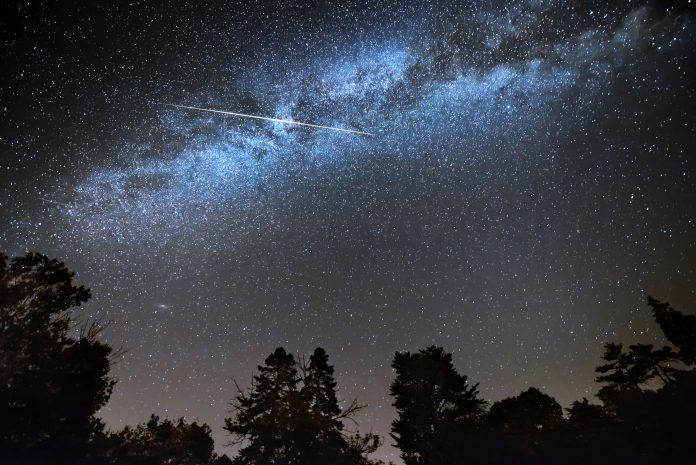The Atacama desert in Chile brings the world more new insights on star formation science, as revealed by researchers at the University of Bath
Chile has an outstanding climate for astronomers – dry air and clear skies, which drew some of the most powerful telescopes in the world to live there. In the Atacama Desert, 330 nights of the year are clear. It may be therapeutic to think about the fact that humanity has survived several infectious diseases, and the physical universe survived all known pain and loss on Earth.
How do galaxies create stars in the first place?
Scientists used the Chile-based Large Millimeter Array (ALMA), which is many radio telescopes that together create a very powerful telescope. With this, the research team from the University of Bath in the UK and the National Astronomical Observatory (OAN) in Madrid, Spain, have found some significant insight on the science of star formation.
They are trying to understand how a galaxy’s gaseous content becomes a new generation of stars.
Their findings have important implications for our understanding of how stars formed during the early days of the universe, when galaxy collisions were frequent and dramatic, and star and galaxy formation occurred more actively than it does now.
Looking at tidal dwarf galaxies (TDG)
The team decided to observe a type of galaxy called a tidal dwarf galaxy (TDG).
TDGs emerge from the debris of two older galaxies colliding with great force.
They are actively star-forming systems and pristine environments for scientists trying to piece together the early days of other galaxies, including our own. The Milky Way is recently revealed to be 13.6-billion years old, according to data collected in the same location as this study.
All stars may be formed in a similar way, no matter where
The researchers learnt that a TDG’s molecular clouds are similar to those found in the Milky Way, both in terms of size and content. This suggests there is a universal star-formation process at play throughout the universe – as opposed to a specific, unique star-formation process that can’t be seen in other galaxies.
Co-author Professor Carole Mundell, head of Astrophysics at the University of Bath, commented: “The little galaxy we’ve been studying was born in a violent, gas-rich galactic collision and offers us a unique laboratory to study the physics of star formation in extreme environments.”
‘Questions popular assumptions’
Dr Miguel Querejeta from the OAN in Spain and lead author of the study added: “ALMA’s observations were made with great precision so we can say with confidence that the contribution of diffuse gas is much higher in the tidal dwarf galaxy we studied than typically found in normal galaxies.
“This most likely means most of the molecular gas in this tidal dwarf galaxy is not involved in forming stars, which questions popular assumptions about star formation.”
“We have managed to identify clouds with an apparent size as small as observing a coin placed several kilometres away from us,” said Professor Mundell.
“It’s remarkable that we can now study stars and the gas clouds from which they are formed in a violent extragalactic collision with the same detail that we can study those forming in the calm environment of our own Milky Way.”











